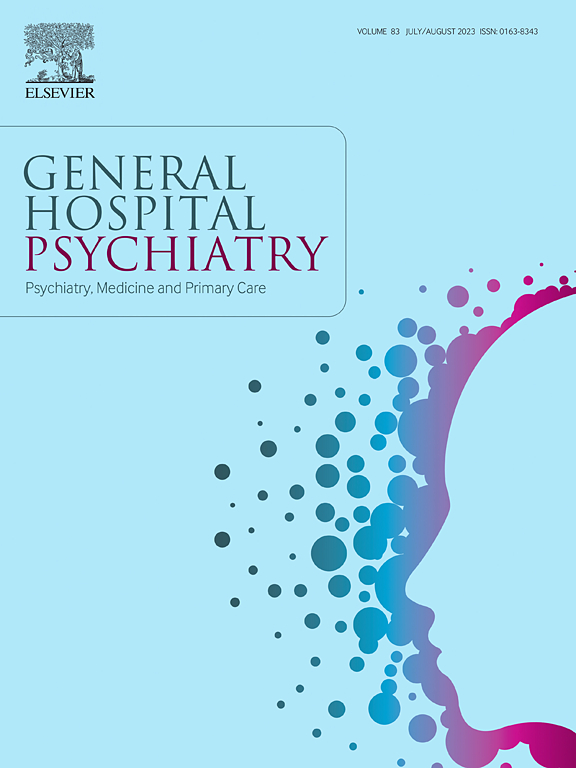产前焦虑与胎龄的关系:一项系统综述
IF 3.7
2区 医学
Q1 PSYCHIATRY
引用次数: 0
摘要
早产对婴儿的短期和长期健康构成重大风险,并可能对产妇的心理健康产生重大负面影响。怀孕期间焦虑程度的增加可能与胎龄有关。识别早产的潜在危险因素可能为早期干预和减少不良后果提供机会。检索了10个数据库,包括经验文献和灰色文献。文章的标题、摘要和全文由两位独立的审稿人进行筛选,并使用JBI关键评估工具进行质量评估。在1990年至2022年间发表的41项研究被纳入了该综述。由于研究设计的异质性,数据采用叙述性综合。数据综合结果表明,焦虑与胎龄或早产之间存在反比关系。这种关系可能取决于评估的时间和所使用的焦虑程度。在单个时间点评估焦虑可能不如在所有三个月进行评估准确。应作出协调一致的努力,区分自然早产和医学指示性早产,因为怀孕期间的焦虑在两组之间可能表现不同。未来的研究应考虑对妊娠期的焦虑进行评估,以评估情绪的变化,以及在怀孕期间使用妊娠特异性措施和一般措施来支持干预。本文章由计算机程序翻译,如有差异,请以英文原文为准。
The relationship between prenatal anxiety and gestational age: A systematic review
Preterm birth poses a significant risk to short- and long-term infant health, and can have significant negative effects on maternal mental health. Increased levels of anxiety during pregnancy might be related to gestational age. Identifying potential risk factors for preterm birth may offer the opportunity for early intervention and reduce adverse outcomes. Ten databases, including empirical and grey literature, were searched. Articles were screened at title, abstract, and full-text review by two independent reviewers, and were quality assessed using the JBI critical appraisal tools. Forty-one studies were identified for inclusion in the review, published between 1990 and 2022. Data were narratively synthesised due to heterogeneity in study designs. Results of the data synthesis indicate there is an inverse relationship between anxiety and gestational age or preterm birth. This relationship may be dependent upon timing of assessment, and measure of anxiety used. Assessing anxiety at a single timepoint may not be as accurate as assessments across all three trimesters. Concerted efforts should be made to distinguish between spontaneous preterm birth and medically indicated preterm birth, as anxieties during pregnancy may present differently between the two groups. Future studies should consider the assessment of anxiety across trimesters to assess change in mood, as well as the use of pregnancy-specific measures alongside general measures to support intervention during pregnancy.
求助全文
通过发布文献求助,成功后即可免费获取论文全文。
去求助
来源期刊

General hospital psychiatry
医学-精神病学
CiteScore
9.60
自引率
2.90%
发文量
125
审稿时长
20 days
期刊介绍:
General Hospital Psychiatry explores the many linkages among psychiatry, medicine, and primary care. In emphasizing a biopsychosocial approach to illness and health, the journal provides a forum for professionals with clinical, academic, and research interests in psychiatry''s role in the mainstream of medicine.
 求助内容:
求助内容: 应助结果提醒方式:
应助结果提醒方式:


